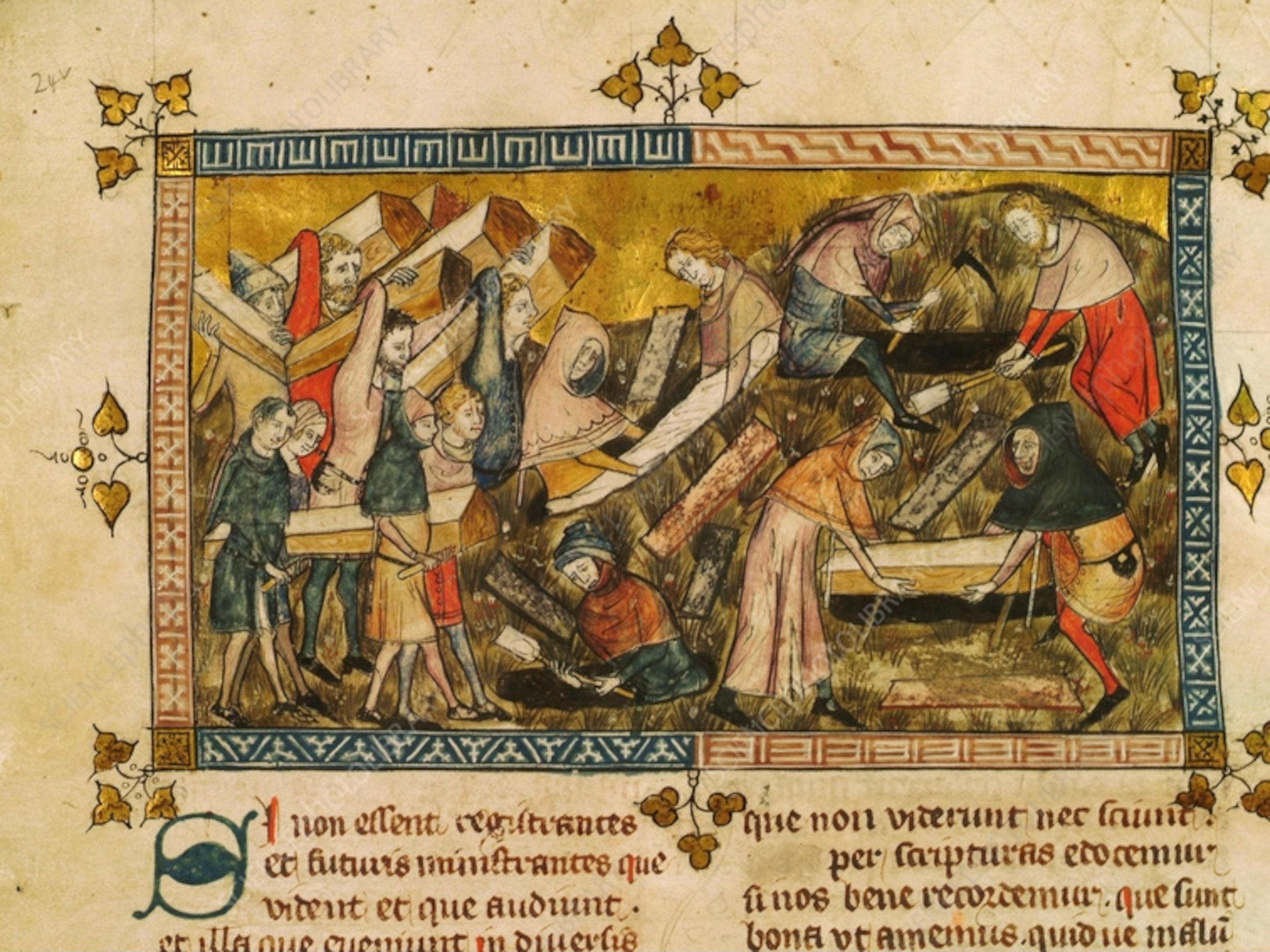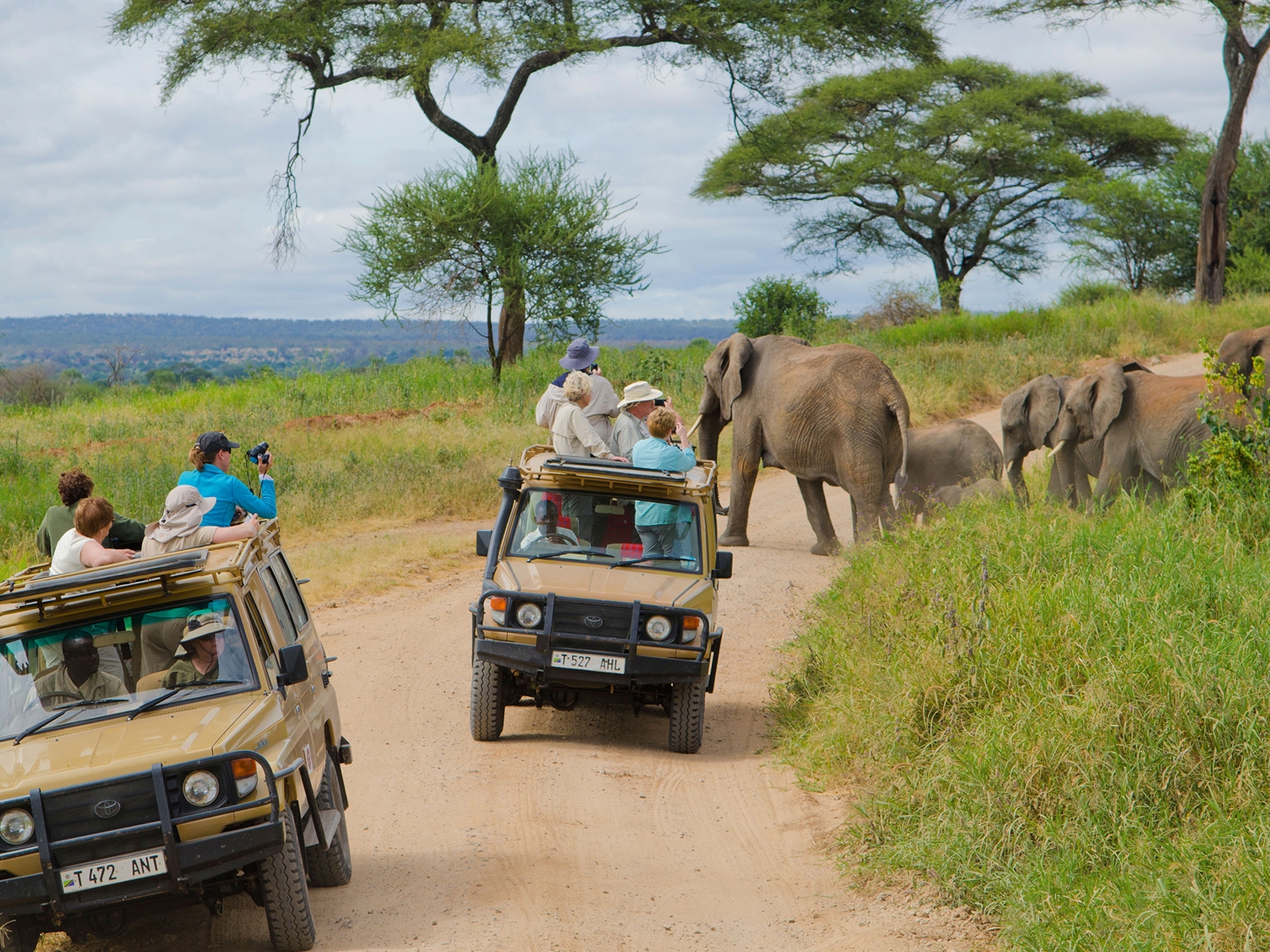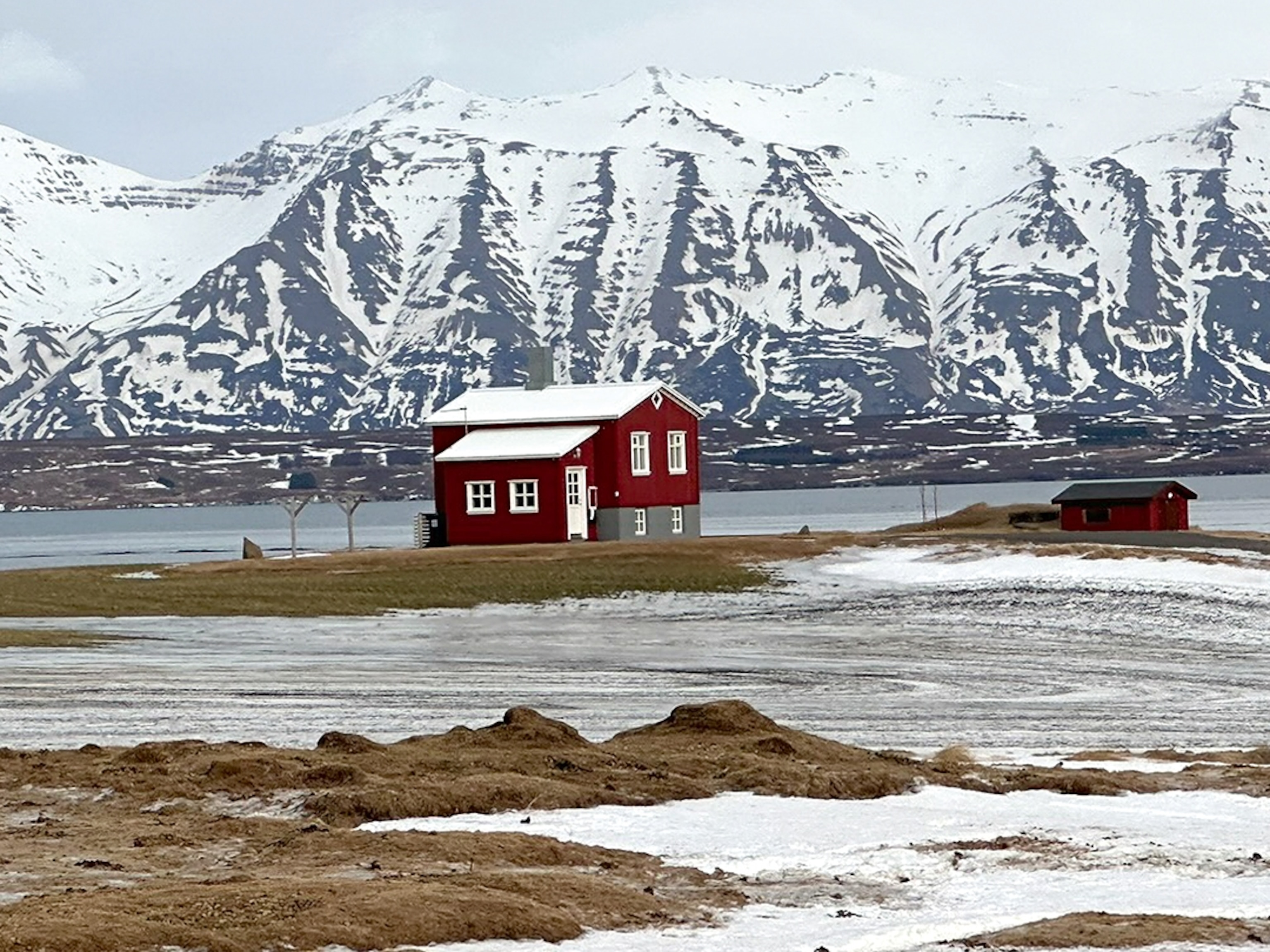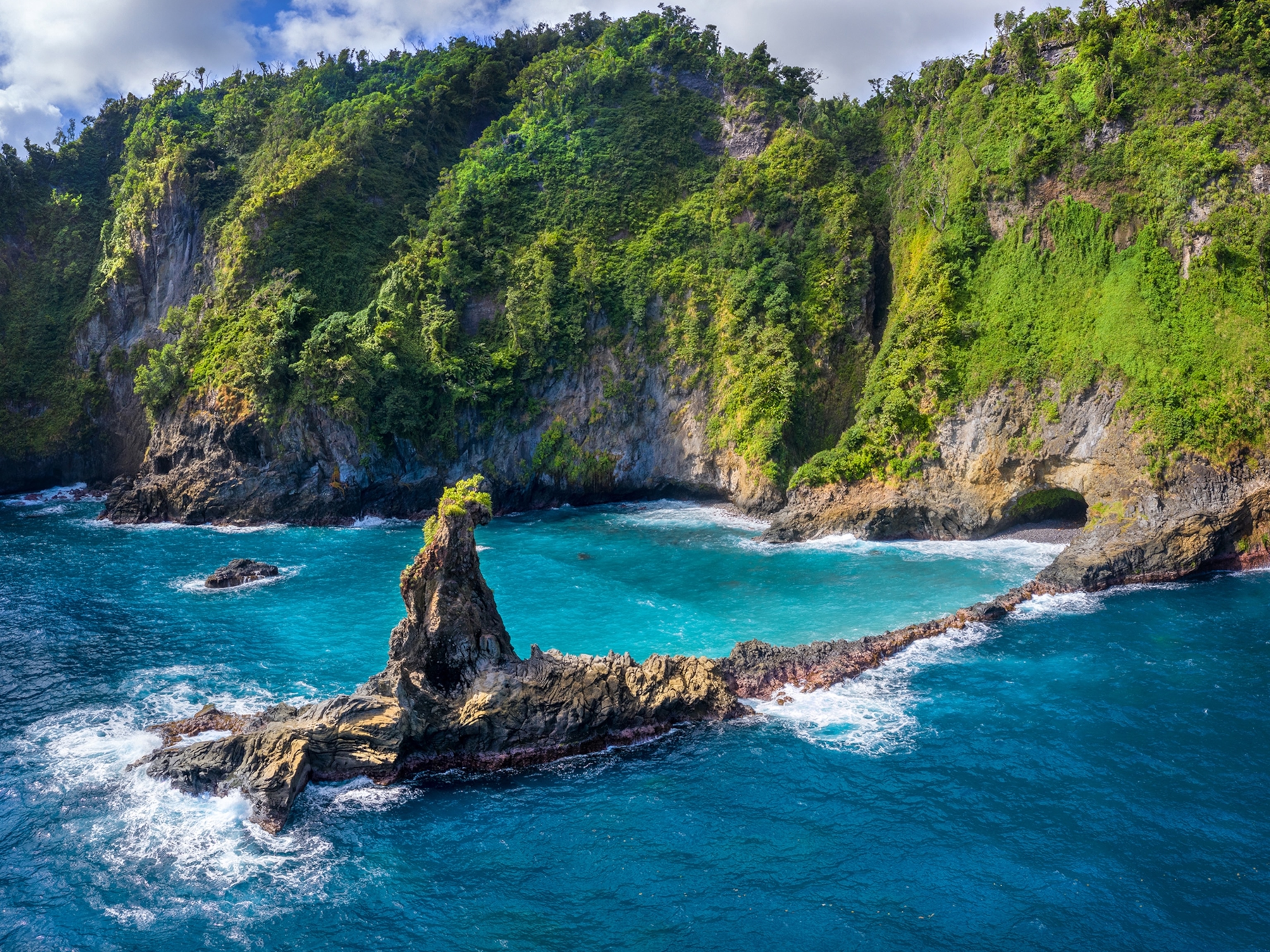No, Hawaii's Volcano Won't Trigger a Mega-Tsunami
Here are all the ways the Hawaiian eruption won't cause problems, according to experts.
Hawaii's famously active volcano Kilauea has been oozing, belching, and releasing gas since early this month, and after several warning signs, the summit finally erupted explosively today. The full of extent of today's eruption is still being determined, but experts from the U.S. Geological Survey expect ash to blanket the surrounding area and are advising residents to take safety precautions.
(Can earthquakes trigger volcano eruptions? Here's the science.)
The volcano's lava lake in the crater has been steadily falling, raising the risk that it could come into contact with the water table and produce steam. As rocks increasingly fell into the crater, it created a cap that forced steam to build up under pressure and eventually explode, scattering rocks and ash. Kilauea hasn't had a large-scale explosive eruption since 1924, when it sent ballistic rocks the size of refrigerators careening into the air.
With good reason, scientists and residents are concerned. Already, more than 2,000 residents on Hawaii's Big Island have been evacuated to protect them from serious dangers from the recent activity, including encroaching lava and noxious gases.
But as the volcano continues to bubble and rumble, so do many myths about what Kilauea is actually capable of. Here are a few of the unlikely or downright wrong scenarios that have the internet buzzing, and why you shouldn't believe the hype.
Chain Reactions and the Ring of Fire
One fear percolating through the conversation is that Kilauea's ongoing eruption will trigger a chain reaction, causing other nearby volcanoes to erupt.
“I'm shaking my head as you're saying that,” says volcanologist Janine Krippner, when asked about the notion. “It's extremely rare for a volcano to trigger other volcanoes.”
Unlike non-volcanic earthquakes, which can cause other quakes along the same fault line, volcanoes are individually fueled by different underground systems. The Hawaiian islands formed as a chain, which scientists think is fed by a “hot spot” of magma rising to the surface. Currently, the Big Island is closest to that hot spot and so it has the most active volcanoes. But each one is individually fed by its own distinct magmatic plumbing.
Some news coverage has even suggested that Kilauea sits in the so-called ring of fire, the volcano chain that circles the Pacific based on plate tectonic boundaries, reaching from East Asia to the West Coast of North America. It doesn't. A glance at a map reveals just how far the island chain actually sits from the ring of fire, nestled in the open waters of the Pacific Ocean. No amount of eruptive volcanic activity in Hawaii would somehow trigger eruptions on the U.S. West Coast, Krippner confirms.
Mega Tsunamis
Will a monstrous landslide off the side of Kilauea trigger a monster tsunami bound for California? Short answer: No.
In Hawaii, “there are submarine landslides, and submarine landslides do trigger tsunamis, but these are really small, localized tsunamis. They don't produce tsunamis that move across the ocean,” says geologist Mika McKinnon. “In all likelihood, it wouldn't even impact the other Hawaiian islands.”
Krippner agrees, adding that fears of Kilauea itself shearing off the southeastern part of the Big Island are similarly overblown.
“People are worried about the catastrophic crashing of the volcano into the ocean,” she says. “There's no evidence that this will happen. It is slowly—really slowly—moving toward the ocean, but it's been happening for a very long time.”
Explosive Flanks
So far, 20 fissures have opened up in the volcano's East Rift Zone, sending out spattering and slow-moving streams of lava. So should we be concerned that those fissures will open explosively, like the eruption that shook Mount St. Helens in 1980?
Not unless Kilauea becomes an entirely different type of volcano, says McKinnon.
“Yes, you get some lava oozing out, but because it's low in silica, it's very viscous,” she explains. That silica content is the key to understanding why Kilauea behaves differently from volcanoes seen on land.
Volcanoes that form over land contain what's called silicic magma, which is high in silica and has a high viscosity. Ocean volcanoes form over ocean crust that's lower in silica and contain a runnier kind of hot rock called mafic magma. The runnier lava that erupts from volcanoes like Kilauea allows gas to escape more easily, preventing pressure from building up inside the magma like carbonation in a soda bottle. (What's the difference between lava and magma?)
So even though Kilauea is erupting from its flanks, the only explosive potential it has sits squarely at its summit.





